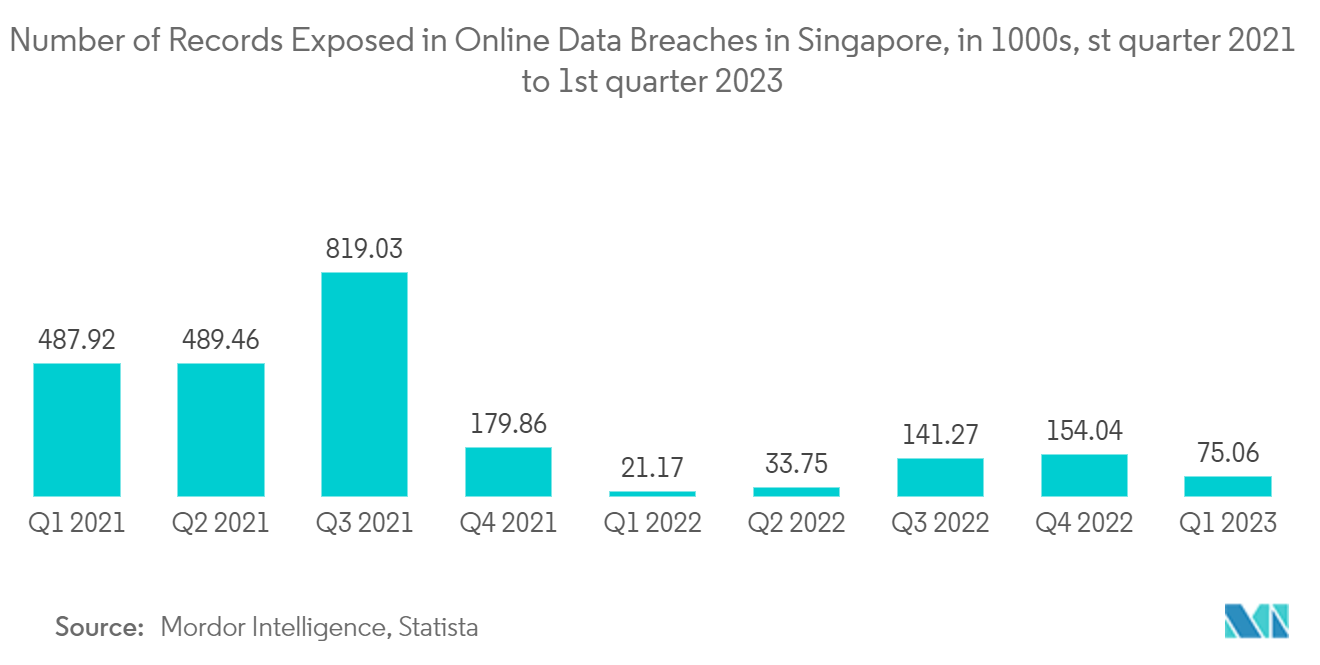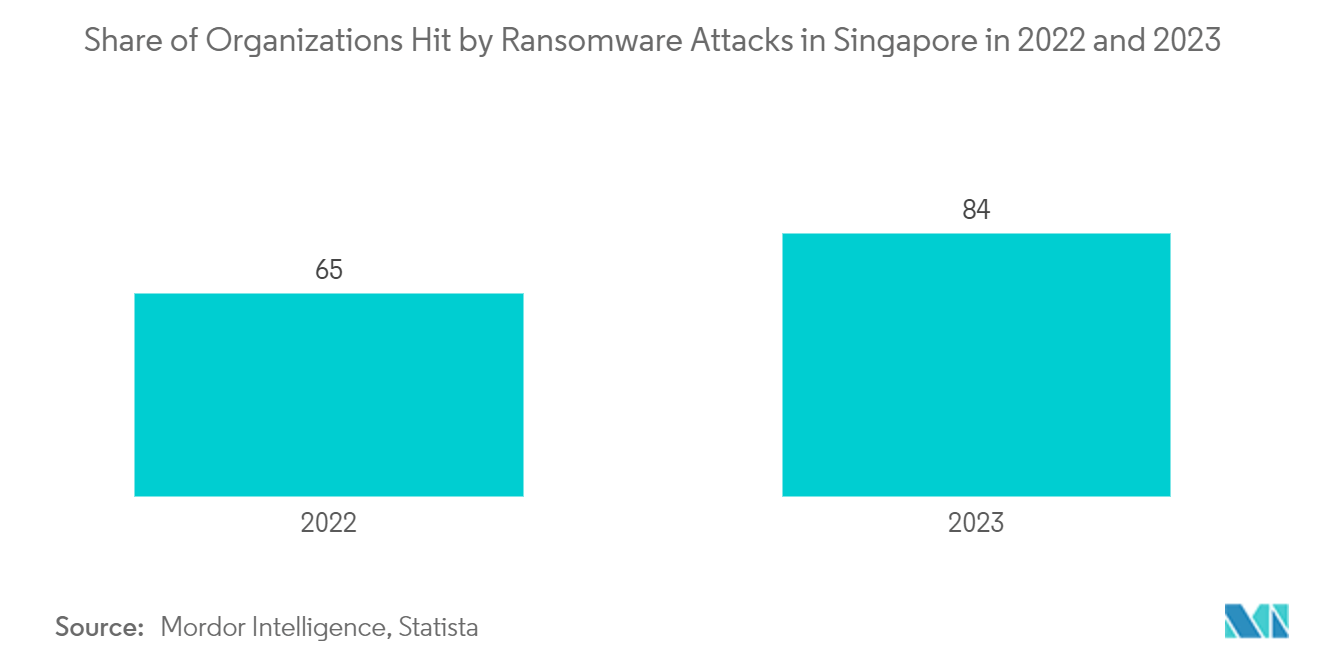Market Trends of Singapore Cyber Liability Insurance Industry
Data Breaches and Loss of Confidential Information is Driving the Market
- Data breaches have become increasingly common in Singapore in recent years, with large and small organizations falling victim to cyber-attacks. According to the Infocomm Media Development Authority (IMDA), the number of data breaches reported in Singapore has risen significantly in the past few years.
- The Singapore government has taken various measures to improve cybersecurity and protect critical information infrastructure to combat the rise in data breaches. The government has also launched several initiatives to raise awareness among businesses and individuals on the importance of cybersecurity and the steps that can be taken to protect against cyber threats.
- Individuals and businesses need to take cybersecurity seriously and take steps to protect their data from cyber-attacks. This includes implementing strong passwords, regularly updating software and applications, and being vigilant for suspicious emails and phishing attempts.

Ransomware and Phishing Attacks is Driving the Market
- The ransomware cases affected mostly small-and-medium enterprises (SMEs) from sectors such as manufacturing and IT. The around-the-clock nature of these sectors' operations did not provide much time to patch their systems, thus potentially allowing ransomware groups to exploit vulnerabilities.
- Cyber Security Agency (CSA) observed that ransomware groups targeting SMEs in Singapore utilized the ransomware-as-a-service (RaaS) model, which made it easier for amateur hackers to use existing infrastructure created by developers to distribute ransomware payloads.
- Social networking firms were heavily targeted in spoofing attacks, accounting for over half of the victims. One possible reason behind this trend is the exploitation of public interest in WhatsApp's updated privacy policy. The announcement regarding users' phone numbers being shared with Facebook attracted significant attention, providing an opportunity for malicious actors to deceive users through spoofed messages. Scammers also exploited the COVID-19 pandemic amidst the Omicron sub-variant outbreak in late 2021 to spoof Government websites.

